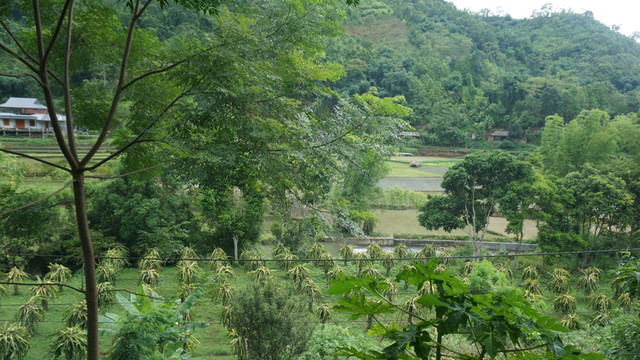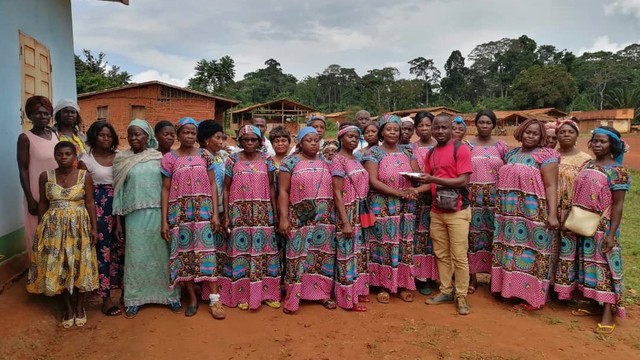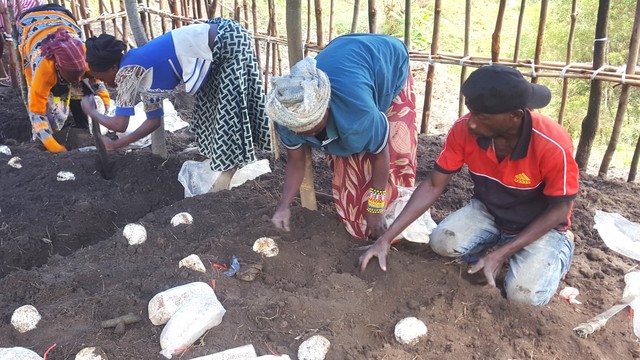CBD COP14: a breakthrough on understanding and assessing equity in conservation
Phil Franks explains why a new international decision recognising the importance of equity in conservation could help tackle the underlying drivers of biodiversity loss.


A governance assessment at work: local communities carry out an assessment around Lake Mburo National Park in Uganda (Image: Francesca Booker/IIED)
This second week at the UN biodiversity conference (Convention on Biological Diversity COP14) has seen a major decision from the 195 participating countries: the approval of new practical guidance on how to understand and apply the notion of equity/fairness in relation to the conservation of protected and conserved areas.
This guidance is based on a broad-based initiative of conservation policymakers and practitioners and university researchers, that has been led by IIED.
At the heart of the guidance is a simple graphic – reproduced below – which shows the three key dimensions of equity: distribution (of benefits and costs), procedure (such as participation, accountability, dispute resolution) and recognition (of relevant actors and their rights, knowledge and values).

This simple graphic makes a crucial point clear: that equity in conservation is a matter of governance. This challenges the rather outdated and top-down, yet still common, notion that equity is largely a matter of giving people tangible benefits. Yes, benefits are important – but so is respect, and fair process.
New tool holds promise
Since 2011, global conservation targets have included delivering more equitable management and governance of protected areas. But there has never been consensus on what equitable means in the context of conservation, nor practical tools to assess success (or otherwise) of efforts to enhance equity; hence little progress has been made.
IIED’s new governance assessment for protected and conserved areas methodology provides stakeholders with a practical and relatively low-cost tool to identify and diagnose concerns of inequity and inequality, and measure the progress of actions to address such concerns.
This tool – Governance Assessment for Protected and Conserved Areas (GAPA) – has been developed over the last two years through a pilot involving nine protected areas across four countries – Bangladesh, Philippines, Kenya and Uganda.
We presented this tool along with the results and experience from the Philippines and Kenya at an event here at the CBD COP earlier this week, receiving very positive response from both countries where the work has been conducted.
There was also strong interest from the major international conservation agencies, giving solid grounds for hope that we will see substantial scaling up of the tool’s use over the next two years – likely driven further by the desire to see some real progress in the equity element of Aichi Target 11 before we reach the target’s end date in December 2020.
Shifting perspectives
This breakthrough in understanding how equity plays out in conservation has huge potential for the future of biodiversity conservation.
Over the next two years the CBD will be developing a new long-term strategy. Indeed, depressing figures underline why urgent change is needed: 60% of wildlife has been lost since 1970 and with no signs of this rate of loss easing.
There are many pockets of success – such as protected areas and areas being conserved by indigenous people – but the overall picture is bleak. The global conservation movement recognises that we need transformative change.
What this change will look like is hotly debated but – as with climate change – it is clear that meaningful, long-term change calls for much more attention to the underlying political and economic drivers of biodiversity loss, and that governance and equity are crucial entry points.



